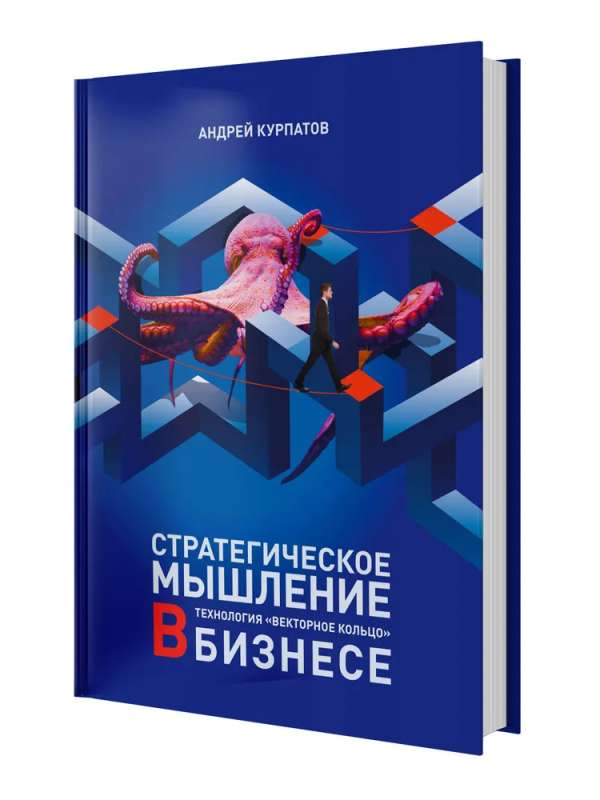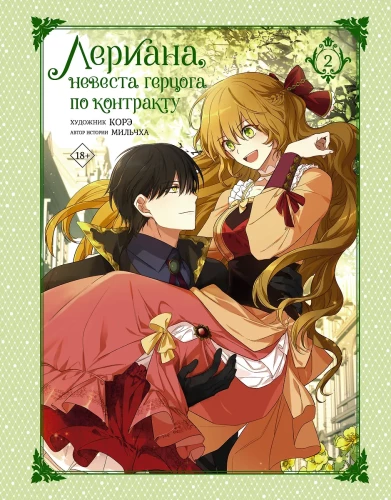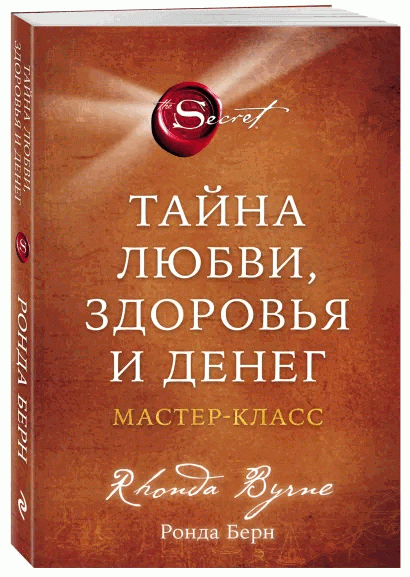Father Brown
One can familiarize oneself with the entire book in electronic format at the link on the website of the SZKEO RF. The gift illustrated edition is printed on domestic thin pigmented book designer paper with a bookmark of the same...
color as the headband.
The book includes twenty-four stories by the English writer and playwright Gilbert Keith Chesterton (1874–1936), whose main character is the amateur detective Father Brown. The stories are united in two collections: "Father Brown is Always Right" and "The Wisdom of Father Brown". All texts are provided in the translation of Dmitry Mochnev. The book is decorated with illustrations by five artists – three Britons: William Hatherell (1855–1928), Edmund Joseph Sullivan (1869–1933), Sidney Seymour Lucas (1878–1954), and two Americans: George Gibbs (1870–1942) and William Frederick Foster (1883–1953).
Unlike his literary colleague, the discerning detective Sherlock Holmes, the humble rural priest Father Brown does not understand the types of cigar ash. He does not conduct chemical experiments, does not play the violin, does not study jiu-jitsu techniques, does not box, and is not able to shoot accurately. His physical condition does not allow him to run after criminals or set ambushes in the swamp. Nevertheless, the crime-solving rate for Brown is high. Like Holmes, he pays attention to evidence; however, his primary method lies in the field of psychology. Father Brown knows people well and is able to put himself in the shoes of the criminal. The motives for the offender's actions and the logic of their deeds are what interests Brown first and foremost. Father Brown was created by the talented English writer, playwright, literary critic, poet, and journalist Gilbert Keith Chesterton. This character first appeared in his story "The Sapphire Cross," later becoming the central figure in a long series of detective stories. The prototype for Father Brown was Chesterton's acquaintance – Father John O'Connor, who introduced the writer to the Catholic world. Chesterton himself bore a slight resemblance to his hero – he was awkward, somewhat overweight, absent-minded, poorly adapted to ordinary life, wore a rumpled hat, and walked with a cane.
Chesterton was born in 1874 and lived for over sixty years. He wrote about eighty books, several hundred poems, around two hundred stories, four thousand essays, and several plays. However, it was the detective cycle about Brown that became a kind of calling card for the writer. The success of these stories lies in Chesterton's unusual literary talent. All his works are invariably infused with wit and a subtle sense of humor. A close friend of the writer was the great playwright Bernard Shaw, with whom Chesterton often engaged in sharp arguments, debates, and discussions. Shaw called Chesterton “a man of colossal genius.” The writer possessed the amazing ability to skillfully transform abstract ideas into concrete and memorable images. Chesterton began his literary work as a literary critic and many years later was nominated for the Nobel Prize in Literature.
The illustrations by five artists, who lived and worked at the turn of the 19th and 20th centuries, help to present the environment in which Chesterton's main literary character acts. They illustrated the stories of Father Brown when they first appeared in print. Among them are three Britons: William Hatherell, Edmund Joseph Sullivan, and Sidney Seymour Lucas, as well as two Americans: George Gibbs and William Frederick Foster.
Author: ЧЕСТЕРТОН Г.К.
Printhouse: SZKEO
Series: Library of World Literature
Age restrictions: 0+
Year of publication: 2024
ISBN: 9785960310543
Number of pages: 400
Size: 180х250х35 мм mm
Cover type: Твердый переплет
Weight: 800 g
ID: 1671286
29 December (Mo)
free
24 December (We)
€ 9.99
free from € 80.00
29 December (Mo)
free
24 December (We)
€ 9.99
free from € 80.00
.jpg)
.jpg)
.jpg)
.jpg)
.jpg)
.jpg)
.jpg)
.jpg)
.jpg)
.jpg)
.jpg)
.jpg)
-thumb.jpg)
-thumb.jpg)
-thumb.jpg)
-thumb.jpg)
-thumb.jpg)
-thumb.jpg)
-thumb.jpg)
-thumb.jpg)
-thumb.jpg)
-thumb.jpg)
-thumb.jpg)
-thumb.jpg)











